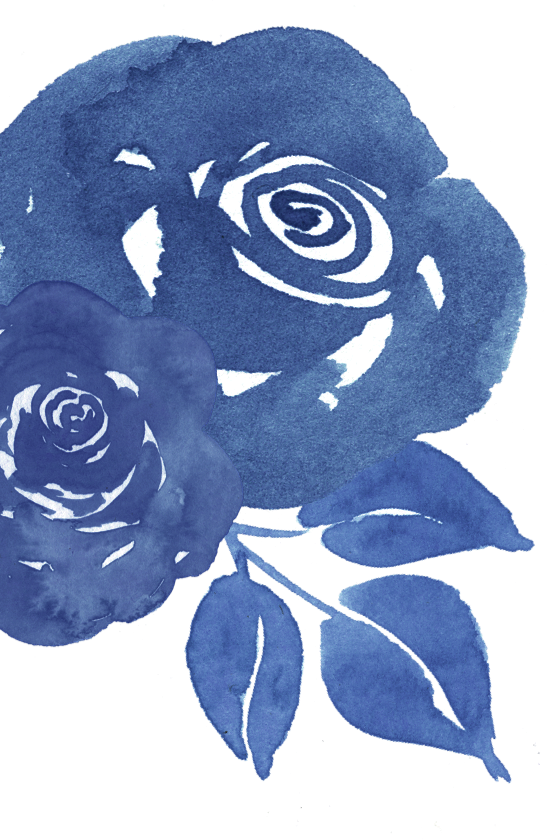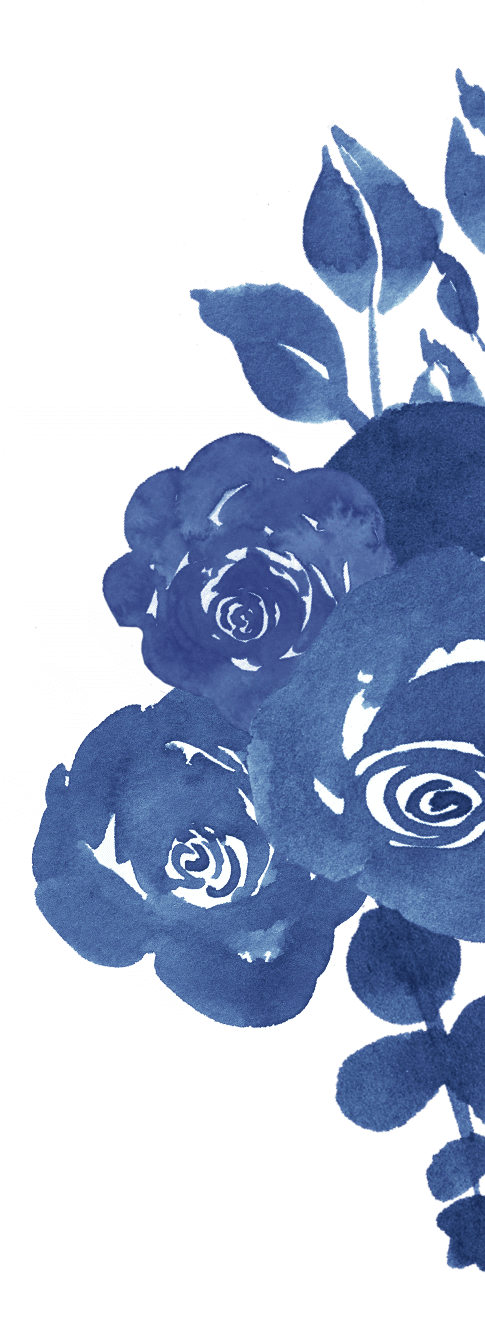

Jewish Wedding Traditions
Kabbalat Panim & Tish
PRE-CEREMONY
It is customary for the bride and groom not to see each other for one week preceding the wedding. This increases the anticipation and excitement of the event. Therefore, prior to the wedding ceremony, the bride and groom greet guests separately. This is called "Kabbalat Panim." Jewish tradition likens the couple to a queen and king. The bride will be seated on a "throne" to receive her guests, while the groom has his "Tish" in a nearby room surrounded by guests.
Badeken
PRE-CEREMONY
Next comes the badeken, the veiling of the bride by the groom. The veil symbolizes the idea of modesty and conveys the lesson that however attractive physical appearances may be, the soul and character are paramount. It is reminiscent of Rebecca covering her face before marrying Isaac (Genesis ch. 24). The Ashkenazi custom is that the groom, accompanied by family and friends, proceeds to where the bride is seated and places the veil over her face. This signals the groom's commitment to clothe and protect his wife.
Chuppah
WEDDING CEREMONY
The wedding ceremony takes place under the chuppah (canopy), a symbol of the home that the new couple will build together. It is open on all sides, just as Abraham and Sarah had their tent open all sides to welcome people in unconditional hospitality. The bride follows the groom, and both are usually escorted to the chuppah by their respective sets of parents. Under the chuppah, the Ashkenazi custom is that the bride circles the groom seven times. Just as the world was created in seven days, the bride is figuratively building the walls of the couple's new world together. The number seven also symbolizes the wholeness and completeness that they cannot attain separately. The bride then settles at the groom's right-hand side.
Betrothal Blessings: Kiddushin
WEDDING CEREMONY
Two cups of wine are used in the wedding ceremony. The first cup accompanies the betrothal blessings, recited by the rabbi. After these are recited, the couple drinks from the cup. Wine, a symbol of joy in Jewish tradition, is associated with Kiddush, the sanctification prayer recited on Shabbat and festivals. Marriage, called Kiddushin, is the sanctification of a man and woman to each other.
Giving of the Ring
WEDDING CEREMONY
In Jewish law, a marriage becomes official when the groom gives an object of value to the bride. This is traditionally done with a ring. The groom now takes the wedding ring in his hand, and in clear view of two witnesses, declares to the bride, "Behold, you are betrothed unto me with this ring, according to the law of Moses and Israel." He then places the ring on the forefinger of the bride's right hand.
Ketubah (Marriage Contract)
WEDDING CEREMONY
Now comes the reading of the ketubah (marriage contract). The ketubah outlines the groom's various responsibilities ― to provide his wife with food, shelter and clothing, and to be attentive to her emotional needs. Protecting the rights of a Jewish wife is so important that the marriage may not be solemnized until the contract has been completed. The document is signed by two witnesses, and has the standing of a legally binding agreement. It is often written amidst beautiful artwork, to be framed and displayed in the home.
The Seven Blessings
WEDDING CEREMONY
The Seven Blessings (Sheva Brachot) are now recited over the second cup of wine. The theme of these blessings links the bride and groom to our faith in God as Creator of the world, Bestower of joy and love, and the ultimate Redeemer of our people. These blessings are recited by the rabbi or other people that the families wish to honor. At the conclusion of the seven blessings, the bride and groom again drink some of the wine.
Breaking the Glass
WEDDING CEREMONY
A glass is now placed on the floor, and the groom shatters it with his foot. This serves as an expression of sadness at the destruction of the Temple in Jerusalem, and identifies the couple with the spiritual and national destiny of the Jewish people. A Jew, even at the moment of greatest rejoicing, is mindful of the Psalmist's injunction to "set Jerusalem above my highest joy." This marks the conclusion of the ceremony. With shouts of "Mazel Tov," the bride and groom are then given an enthusiastic reception from the guests as they leave the chuppah together.
Yichud
POST CEREMONY
The couple is then escorted to a private "yichud room" and left alone for a few minutes. These moments of seclusion signify their new status of living together as husband and wife.
The Festive Meal
RECEPTION
It is a mitzvah (religious commandment) for guests to bring simcha (joy) to the bride and the groom on their wedding day. There is much music and dancing as the guests celebrate with the new couple; some guests entertain with feats of juggling and acrobatics. After the meal, Birkat Hamazon (Grace After Meals) is recited, and the Sheva Brachot are repeated.